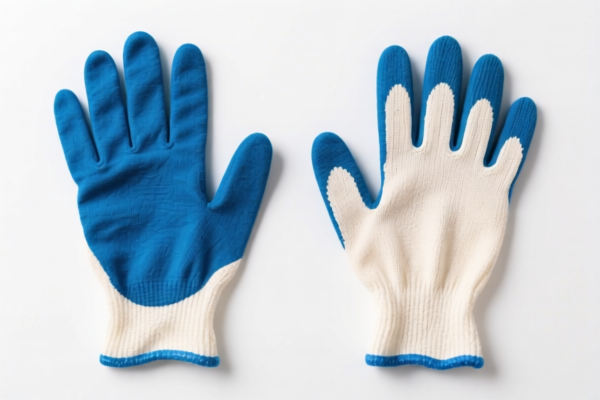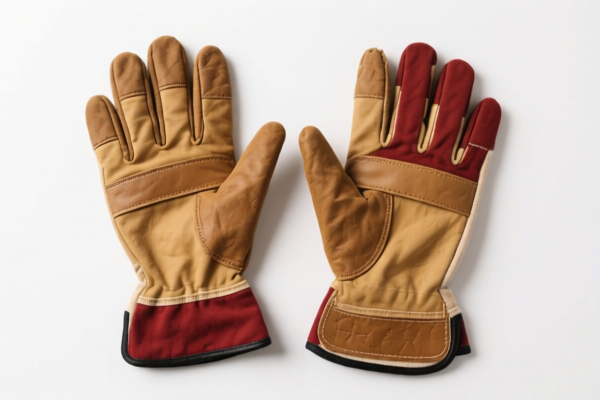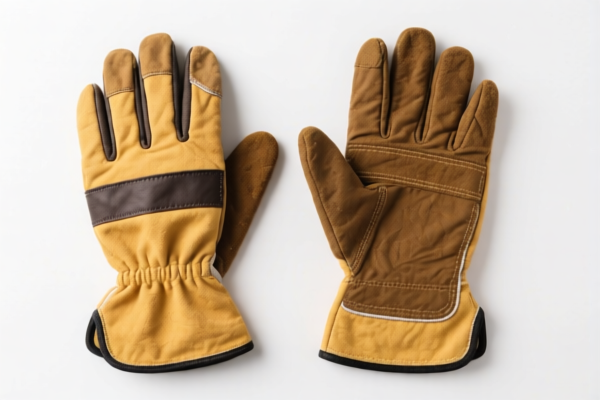| HS Code | Official Doc | Tariff Rate | Origin | Destination | Effective Date |
|---|---|---|---|---|---|
| 4203293010 | Doc | 69.0% | CN | US | 2025-05-12 |
| 4203294000 | Doc | 67.6% | CN | US | 2025-05-12 |
| 4205000500 | Doc | 57.9% | CN | US | 2025-05-12 |
| 4205000500 | Doc | 57.9% | CN | US | 2025-05-12 |
| 3926201010 | Doc | 30.0% | CN | US | 2025-05-12 |
| 3926201010 | Doc | 30.0% | CN | US | 2025-05-12 |




Black Gloves
Black gloves are a common hand covering, typically worn for warmth or protection, but also frequently as a fashion accessory or as part of a uniform. Their widespread use stems from practicality, historical significance, and stylistic versatility.
Material
Black gloves are manufactured from a diverse range of materials, each offering different properties:
- Leather: Traditionally, leather (sheepskin, goatskin, cowhide) is a popular choice, providing durability, flexibility, and a refined aesthetic. Leather gloves vary in thickness and finish, impacting their use (e.g., thinner for dress, thicker for work).
- Synthetic Leather (Pleather): A cost-effective alternative to genuine leather, offering similar appearance but typically less durability and breathability. Often made from polyurethane or polyvinyl chloride.
- Nylon: Lightweight, durable, and often water-resistant, nylon gloves are commonly used for work, sports, or casual wear.
- Spandex/Elastane Blends: Provide stretch and a close fit, frequently used in thinner gloves for dexterity or as a lining material.
- Cotton: Offers breathability and comfort, suited for warmer weather or light tasks.
- Wool: Provides excellent insulation, used in colder climates.
- Neoprene: Offers water resistance and insulation, often used for diving or water sports.
Purpose & Function
The function of black gloves varies significantly depending on the material and construction:
- Warmth: Providing thermal insulation in cold weather conditions.
- Protection: Shielding hands from abrasions, cuts, punctures, chemicals, heat, or cold.
- Hygiene: Maintaining cleanliness in medical, food handling, or laboratory settings.
- Tactical/Military: Providing protection and grip in combat or law enforcement scenarios.
- Fashion: Serving as an aesthetic accessory, complementing outfits or conveying a specific style.
- Formal Wear: Traditionally worn as part of formal attire (e.g., evening gloves).
- Sports: Enhancing grip and protecting hands during activities like cycling, skiing, or baseball.
Usage Scenarios
- Formal Events: Leather or fabric gloves paired with suits or evening wear.
- Cold Weather: Insulated gloves for everyday wear or outdoor activities.
- Work/Industrial: Durable gloves for construction, mechanics, or handling hazardous materials.
- Medical/Laboratory: Disposable or reusable gloves for maintaining sterility.
- Driving: Leather gloves for grip and comfort.
- Cycling/Sports: Specialized gloves for enhanced grip and protection.
- Tactical Operations: Heavy-duty gloves for protection and dexterity.
- Fashion/Style: Leather, fabric, or knitted gloves as accessories.
Common Types
- Dress Gloves: Typically made from leather or fine fabric, often with a tailored fit and elegant design. Can be short (wrist-length) or long (opera-length).
- Work Gloves: Constructed from durable materials like leather, nylon, or canvas, often with reinforced palms and fingers.
- Driving Gloves: Leather gloves designed for enhanced grip and control while driving.
- Winter Gloves: Insulated gloves with waterproof or water-resistant outer shells.
- Tactical Gloves: Heavy-duty gloves with reinforced knuckles and palms, designed for protection and dexterity.
- Medical Gloves: Disposable gloves made from latex, nitrile, or vinyl, used to maintain sterility.
- Knitted Gloves: Made from wool, cotton, or synthetic fibers, providing warmth and comfort.
- Opera Gloves: Long gloves extending past the elbow, traditionally worn with formal evening wear.
- Baseball Gloves: Specialized gloves with a pocket for catching balls.
Based on the provided information, “american black gloves” can be classified under the following HS codes:
-
4203293010: This HS code falls under Chapter 42 – Articles of apparel and clothing accessories, of leather or of composition leather. Specifically, it covers Heading 4203 – Gloves, mittens and mitts. The Subheading 4203.29 further specifies “Other” types, and 4203.29.30 denotes men's not lined gloves. The tax rate details are: Basic tariff: 14.0%, Additional tariff: 25.0%, and an additional tariff of 30.0% after April 2, 2025, resulting in a total tariff of 69.0%.
-
4203294000: This HS code also falls under Chapter 42 – Articles of apparel and clothing accessories, of leather or of composition leather, Heading 4203 – Gloves, mittens and mitts. The Subheading 4203.29 specifies “Other” types, and 4203.29.40 denotes for other persons not lined gloves. The tax rate details are: Basic tariff: 12.6%, Additional tariff: 25.0%, and an additional tariff of 30.0% after April 2, 2025, resulting in a total tariff of 67.6%.
-
3926201010: This HS code falls under Chapter 39 – Plastics and articles thereof. Specifically, it covers Heading 3926 – Articles of apparel and clothing accessories (including gloves, mittens and mitts). The Subheading 3926.20 further specifies seamless surgical and medical gloves, mittens and mitts. The tax rate details are: Basic tariff: 0.0%, Additional tariff: 0.0%, and an additional tariff of 30.0% after April 2, 2025, resulting in a total tariff of 30.0%.
It is important to note that the classification depends on the material composition of the gloves. If the gloves are made of leather or composition leather, HS codes 4203293010 or 4203294000 would be applicable. If they are made of plastic, HS code 3926201010 would be more appropriate.
Customer Reviews
No reviews yet.